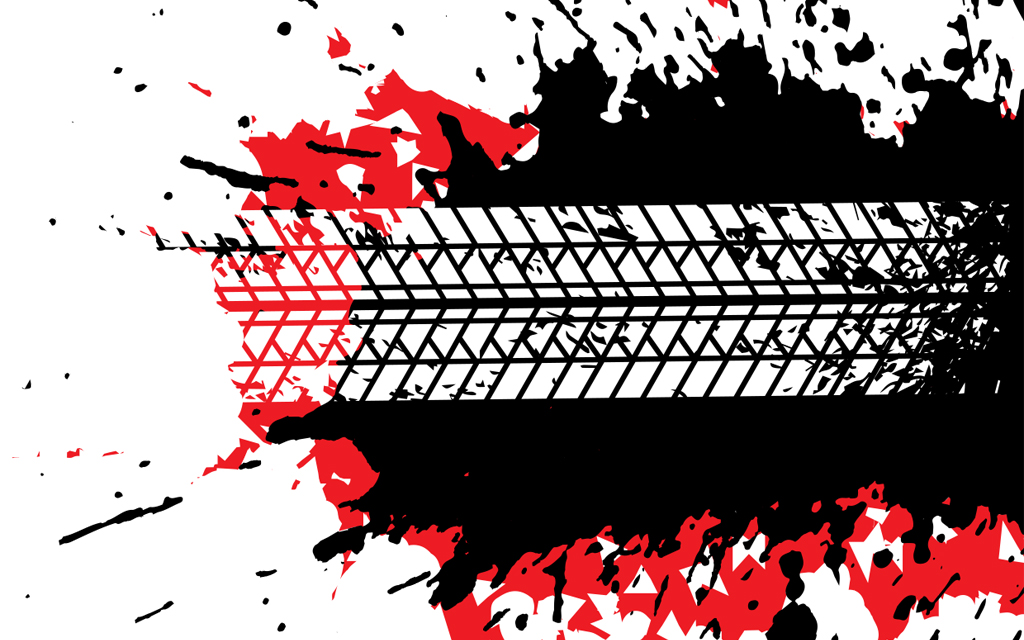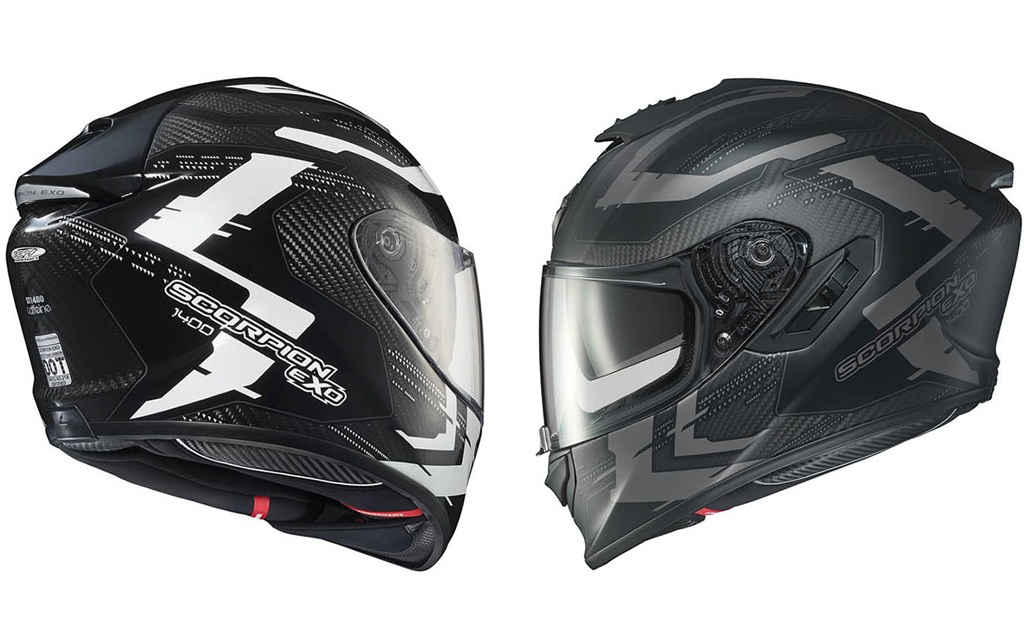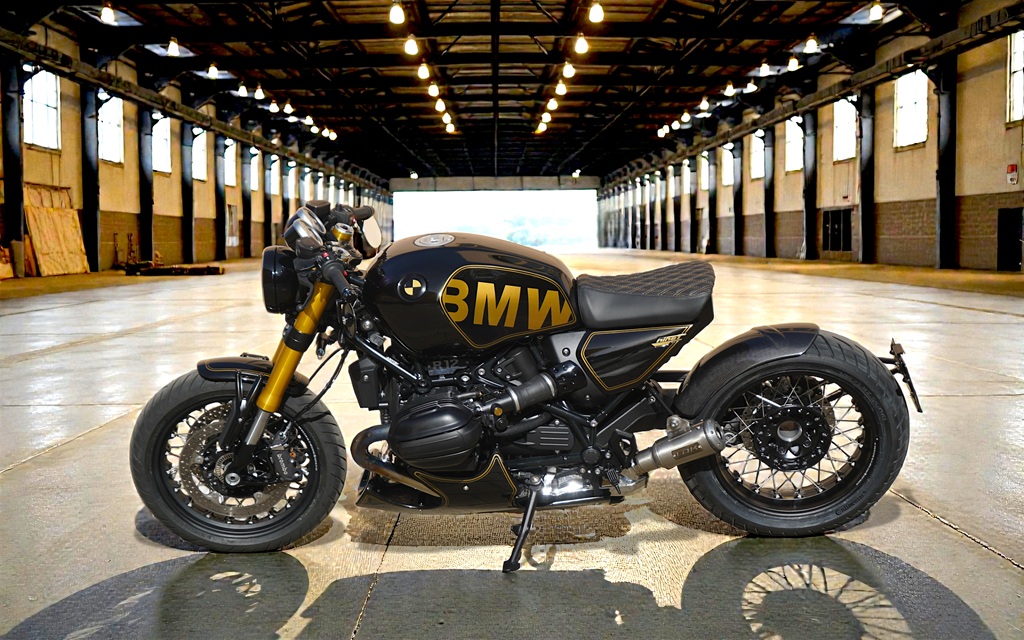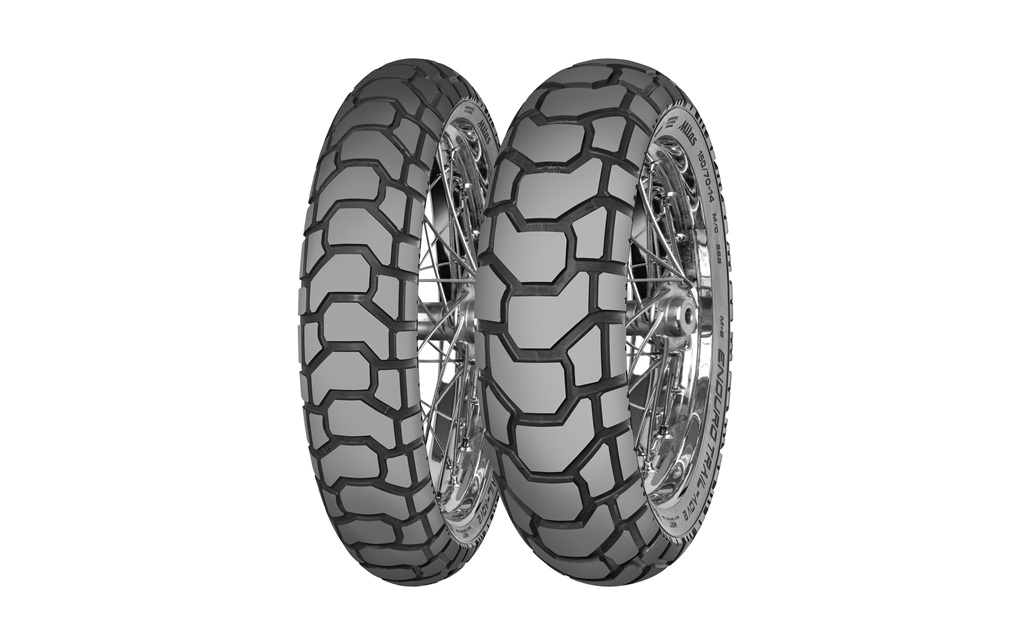*This article was published in Vol. 51 No. 8 of Cycle Canada digital magazine.
In our last column, we gave an overview of the essential functions of suspensions. In this issue, we’ll be taking a closer look at this critical and essential system on modern motorcycles, including a closer look at the need for and function of damping.
Why damping?
For the purposes of this discussion, the word damping refers to the control or slowing of the action of a suspension. As mentioned in the previous column, damping plays a critical role when a bump or imperfection in the driving surface is encountered, preventing a continuous oscillation caused by the uncontrolled release of energy stored in the spring.
There is also a second factor dictating the need for damping in the effective operation of a suspension, and this relates to the prevention of bottoming, the full utilisation of a suspension’s travel. As a result of too much load being placed on the spring (this load can be either static or dynamic, or a combination of both), bottoming has the effect of making the suspension rigid, or non-functional (at least momentarily, although this brief period can still be long enough to cause serious problems). Some would argue that this could be countered by using firmer springs, but this would present problems, including an unbearably uncomfortable ride. In the case of a shock absorber, its resistance to rapid compression is added to that of the spring, allowing it to absorb the impact without bottoming.
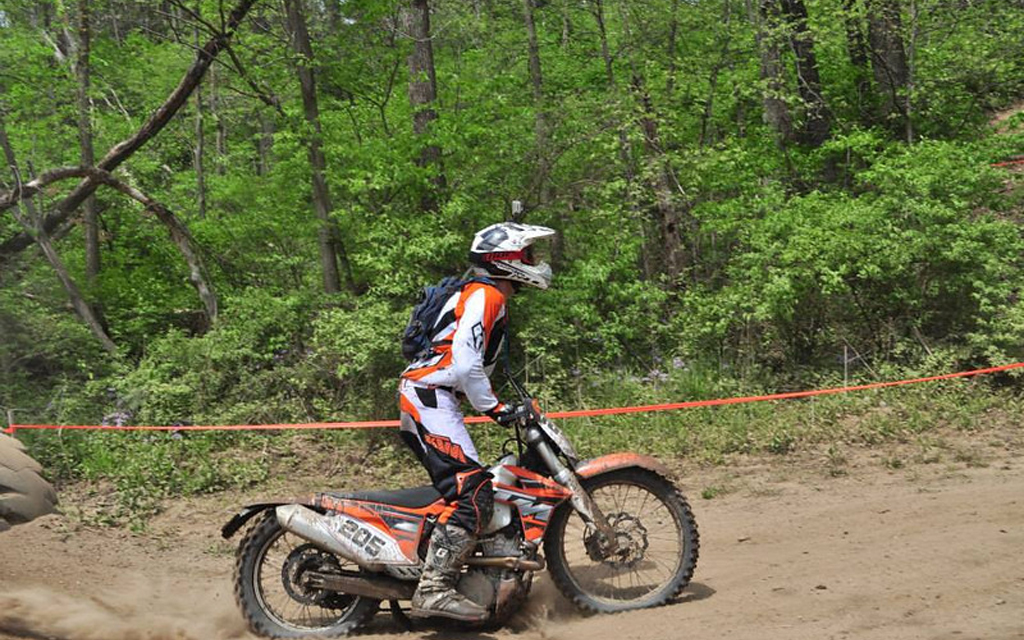
Circuits and operation
From the previous examples we can see that the need for damping is present during both suspension strokes. We can, therefore, speak of two different types of damping, compression damping and rebound damping. Compression damping is concerned with managing the rate of compression of a suspension and rebound damping is concerned with controlling the rate at which a suspension is allowed to return to extension after being compressed. It should be noted that damping during the rebound stroke is much more pronounced than during compression due to the need to control the high level of energy released by the spring during extension.
So how do we create and manage this damping that seems so essential? Although there are different possibilities in principle, when we talk about motorcycles, this is usually accomplished by hydraulic means. Again, there are many varieties or models of hydraulic shock absorbers, but with very few exceptions, motorcycles use the tubular or cylindrical version we all know. These are constructed as pistons that move back and forth in oil-filled cylinders. The oil, being a liquid and therefore not compressible, is pumped from one side of the shock absorber piston to the other via ports equipped with spring-controlled valves. By altering the size of the ports together with the effort required to open the valves, we can precisely control the flow of oil and ultimately the movement of the suspension. From a theoretical perspective, this hydraulic mechanism converts kinetic energy into heat.
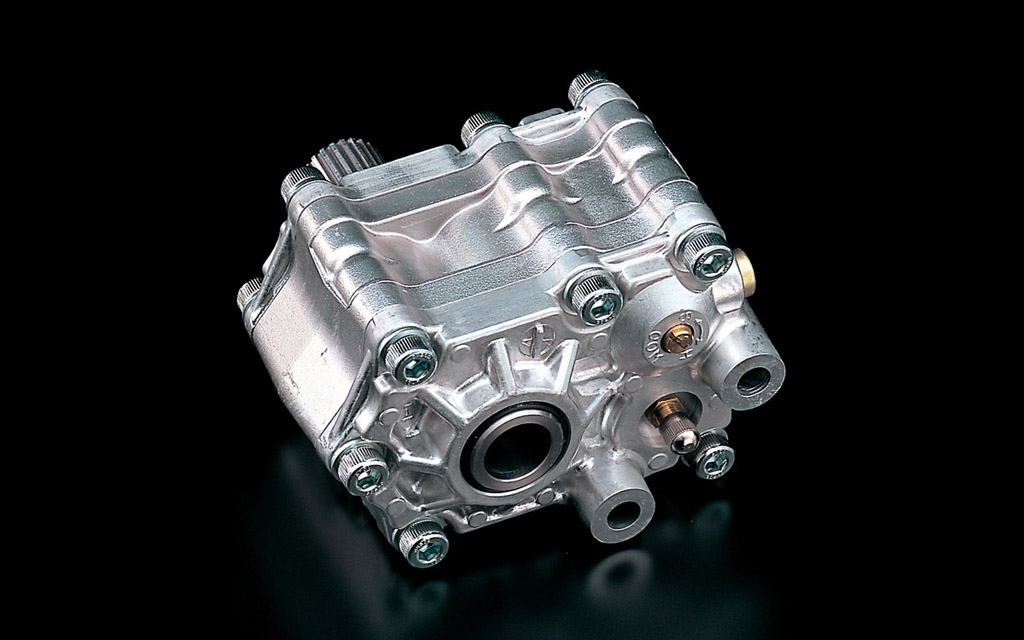
A good proportion of modern motorcycles come with shock absorbers (or forks) equipped with damping adjusters enabling rebound, compression or both to be altered (some high-end units even make it possible to adjust one or both circuits in either high or low-speed function), allowing suspension performance to be optimised according to weight, riding style and terrain or road conditions.
